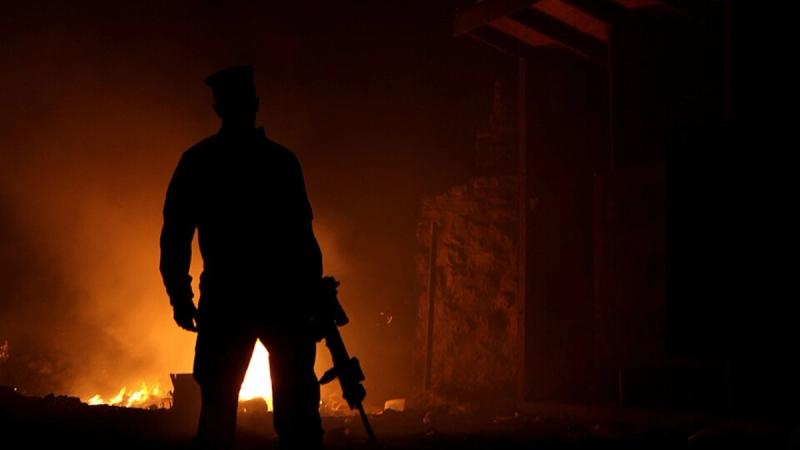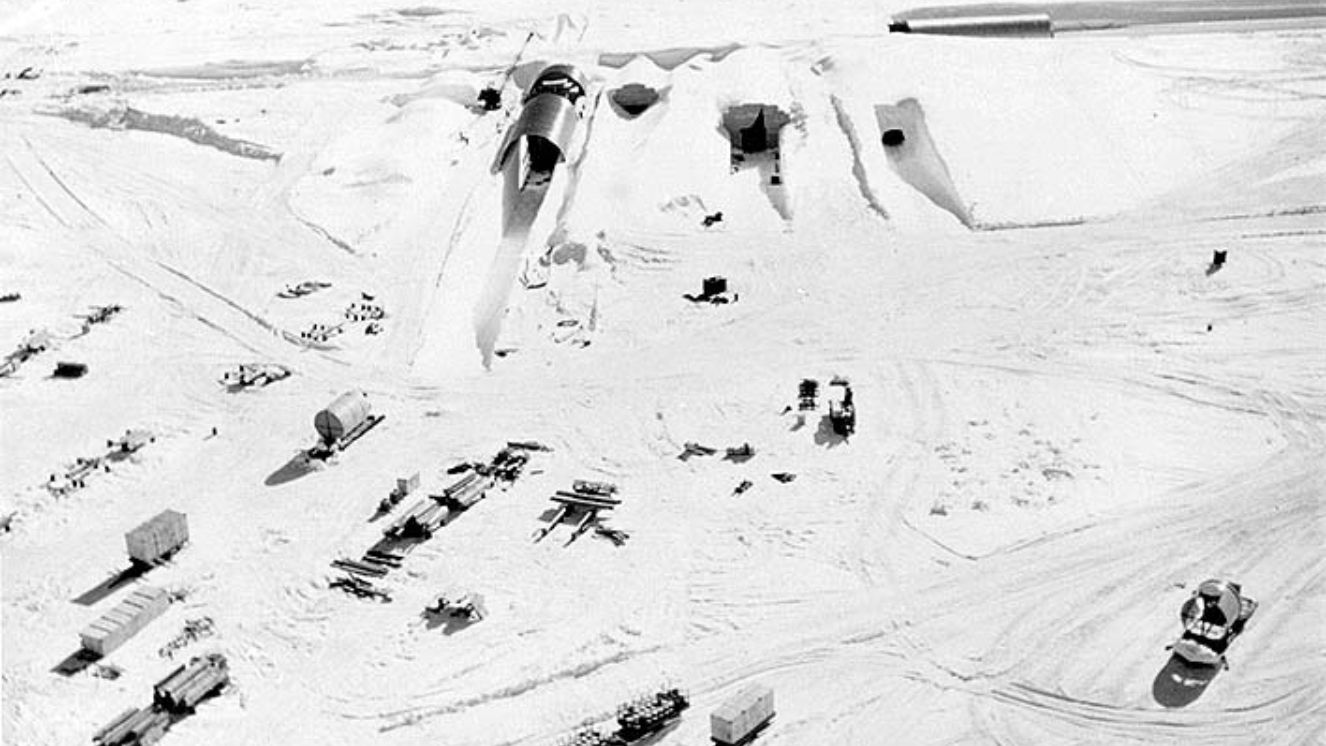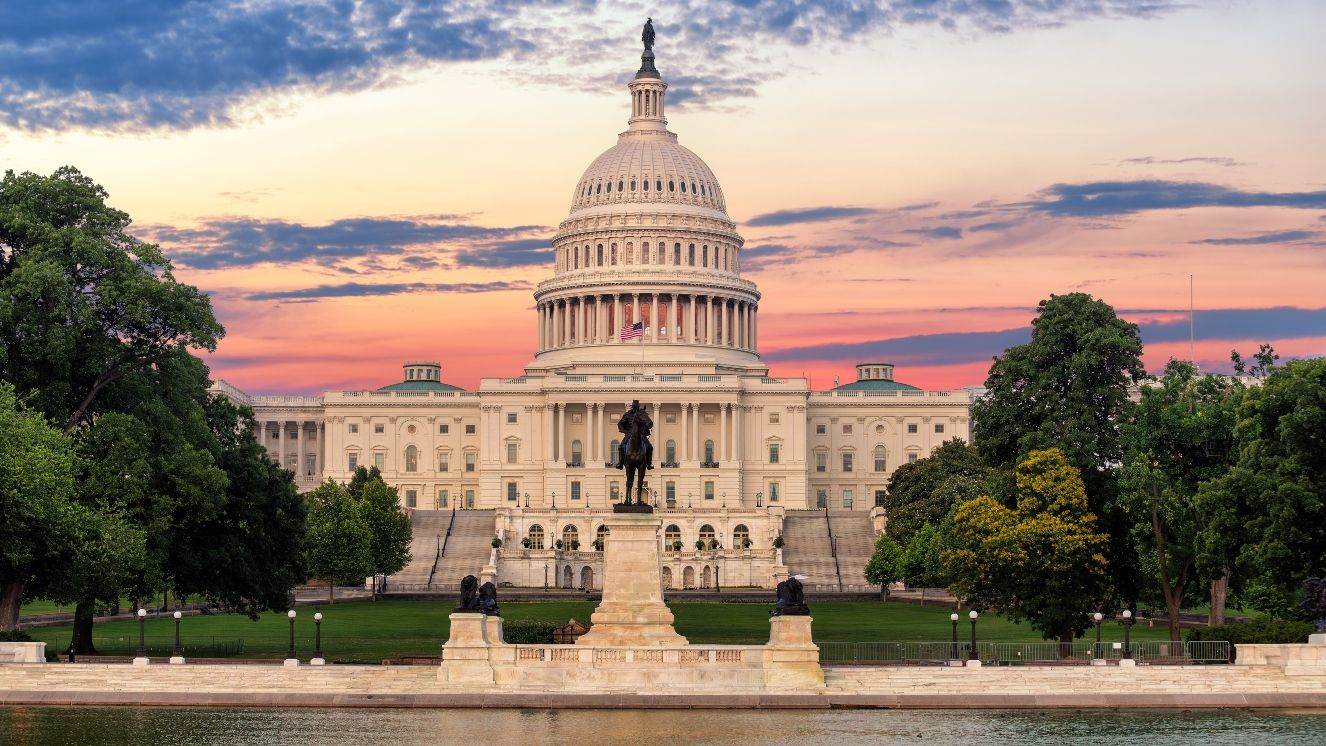TOXIC EXPOSURE AFTERMATH: BURN PITS, CAMP LEJEUNE, AND THE FIGHT FOR COMPENSATION IN 2025

For many Veterans, toxic exposure is a daily challenge, not just a policy issue. Burn pits in Iraq and Afghanistan, contaminated Camp Lejeune water, and PFAS on U.S. bases still affect those who served.
In 2025, recent updates to lawsuits, laws, and compensation are helping, but many Veterans remain frustrated. The core issue: toxic exposure drives ongoing debates over accountability, medical care, and justice.
Camp Lejeune: The Clock Ran Out, but the Waiting Did Not
The Camp Lejeune Justice Act (CLJA) filing window, which is the designated deadline to submit an initial claim for compensation related to exposure at Camp Lejeune, closed on August 10, 2024. The Navy has confirmed that no new administrative claims (formal requests filed with the Navy before a lawsuit can proceed) will be accepted after this date.
By that time, roughly 546,000 administrative claims had been filed. The Eastern District of North Carolina, the federal court responsible for handling these lawsuits, now has more than 3,600 active lawsuits from Veterans, their families, and survivors seeking compensation for exposure to Agent Orange between 1953 and 1987.
In February 2024, judges decided that CLJA cases would be heard by a judge instead of a jury. This means they will hold "bench trials,” which are legal proceedings in which only a judge, not a group of citizens (a jury), decides the outcome and sets the amount of compensation.
The Elective Option (EO) from the DOJ and Navy offers faster resolutions, with payments ranging from $100,000 to $550,000, depending on the illness and exposure. EO settlements are not reduced by VA benefits and usually arrive within 60 days of final paperwork.
Despite updates, only about 114 EO settlements were completed by late 2024. The process remains slow and uncertain for many families.
A 2024 study found higher risks for cancers like leukemia and lymphoma among people at Camp Lejeune. This supports Veterans’ claims, showing how long proof was needed for what many suspected.
Burn Pits & the PACT Act: From the Battlefield to the Benefits System
Many Iraq and Afghanistan Veterans developed chronic illnesses from burn pits, but linking exposure was hard to prove for years. After lawsuits against contractors were settled in 2019, VA disability benefits became the primary path to compensation.
The PACT Act had a significant impact. It added over 20 conditions linked to toxic exposure, so the VA now assumes some cancers and respiratory illnesses are related to service if Veterans served in certain areas.
By mid-2025, the VA reported record progress. Over 5.7 million Veterans had been screened for toxic exposure, and claims moved faster. One Veteran diagnosed with a respiratory illness tied to burn pit exposure saw improved prognosis from timely treatment, showing the effects of these screenings. Still, many Veterans face delayed appeals and difficulty getting medical documentation.
For Veterans affected by burn pits, the struggle has shifted from the battlefield to paperwork. Rosie Lopez-Torres, executive director and co-founder of the advocacy group BurnPits 360 and a military spouse, is one of the advocates who helped write the legislation for the PACT Act and led it into law.
Rosie tells VeteranLife that the job isn’t done, “They’re still falling through the cracks. Veterans fall through the cracks every single day. The process isn’t easy. There is still a lot of work to be done to support and help the thousands of victims of toxic exposure.”
PFAS and AFFF: The “Forever Chemicals” Still Haunting U.S. Bases
PFAS, also known as 'forever chemicals,' are found in AFFF firefighting foam, which has been used by the military for years. These chemicals persist and pollute groundwater near U.S. bases.
While Veterans haven’t seen direct compensation, several legally binding settlements have changed the landscape.
- 3M Company reached a $10.3 billion settlement in April 2024 to fund cleanup for public water systems nationwide.
- DuPont, Chemours, and Corteva agreed to $1.185 billion in 2023 for similar water system contamination claims.
- Tyco Fire Products finalized a $750 million settlement in late 2024.
Most settlements fund water system cleanup, not personal compensation. However, they set legal examples that could help future claims from service members exposed to PFAS.
In June 2025, New Mexico sued the Air Force over PFAS at Cannon Air Force Base, seeking cleanup and accountability. This mirrors concerns at other CONUS bases.
What Veterans Can Do Now
- Camp Lejeune Claimants: If you filed by August 2024, track your case using the Navy’s portal. Keep documents proving your presence and illness.
- PACT Act Filers: File early and include thorough medical documentation to support your claim. Even with presumptives, the VA often needs detailed evidence to confirm exposure-related illness.
- Stay Informed: New bills in 2025 (proposed laws under consideration by Congress) aim to expand CLJA fairness, restore jury trial rights (the option of having a case decided by a group of citizens), and strengthen PFAS cleanup requirements.
- Avoid Scams: The Department of Justice and Navy continue to warn Veterans about fraudulent law firms and scam calls claiming to fast-track settlements.

The Cost of Delay and the Human Toll
Seeking compensation is about survival, not just numbers. After years of waiting for recognition, the system remains slow. Though VA claims move faster, toxic exposure cases are still the hardest. Camp Lejeune lawsuits, PFAS cleanup, and burn pit claims remain unresolved. Despite big settlements in headlines, Veterans still wait for real answers and care.
In 2025, toxic exposure is not a closed chapter: Veterans are still fighting for recognition, compensation, and change.
Next 100 Days: A Roadmap for Change
1. Legislative Action: Advocates should focus on supporting new bills in Congress aiming to improve fairness in CLJA, restore jury trial rights, and increase PFAS cleanup requirements.
2. Veteran Support Networks: Establish communication hubs for Veterans to share their experiences and strategies for navigating claims processes.
3. Awareness Campaigns: Launch initiatives to increase public understanding of the ongoing struggles Veterans face regarding toxic exposure.
4. Collaboration with NGOs: Partner with non-governmental organizations to enhance legal and medical support for affected Veterans.
5. Monitoring Progress: Regularly track advancements in compensation processes and hold institutions accountable for timely resolutions.
Focus on supporting new legislation, strengthening support networks, increasing public awareness, collaborating with organizations, and holding institutions accountable. Progress demands action. Veterans cannot afford more delays.
Suggested reads:
BY NATALIE OLIVERIO
Veteran & Senior Contributor, Military News
Natalie Oliverio is a Navy Veteran, journalist, and entrepreneur whose reporting brings clarity, compassion, and credibility to stories that matter most to military families. With more than 100 published articles, she has become a trusted voice on defense policy, family life, and issues shaping the...



